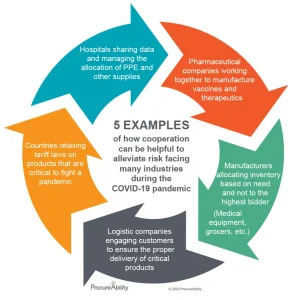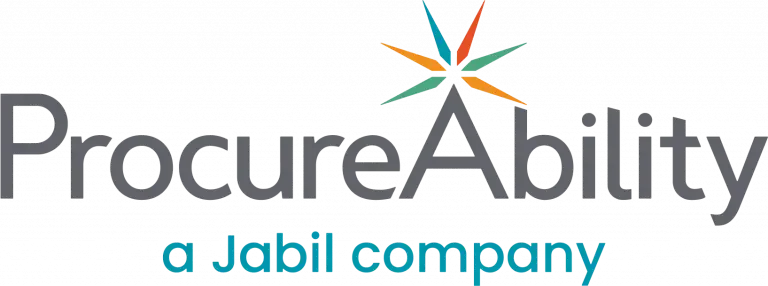
We think competition can be a good thing. Collaboration between competitors can enable growth by bringing ideas together and promoting new opportunities. In the creative industries, content creators collaborate to further their outreach and brand. In the business world, this concept has a name: Coopetition.
Coopetition is the concept of cooperation between competitors, where two businesses work together for a common goal or outcome.
Come together to compete? Create a win-win scenario? Sure!
The Covid-19 pandemic has made shifts in every way imaginable across the globe. As such, collaboration between competitors is much more critical. Here are five examples of how coopetition could be helpful to alleviate the risk that is facing many industries:
- Hospitals sharing data to manage the allocation of Personal Protective Equipment and other supplies
- Pharmaceutical companies working together to manufacture vaccines and therapeutics
- Food manufacturers and distribution companies allocating inventories based on need and not to the highest bidder
- Countries relaxing tariff laws on products that are critical to fight this pandemic
- Logistics companies sharing capacity and networks to ensure the timely delivery of critical products
 Procurement has an advantage in generating coopetition because of our holistic view of the supply market and our ability to create long-lasting, impactful supplier relationships. But, before launching headlong into coopetition, you will want to classify suppliers into two categories: Complementors and Competitors.
Procurement has an advantage in generating coopetition because of our holistic view of the supply market and our ability to create long-lasting, impactful supplier relationships. But, before launching headlong into coopetition, you will want to classify suppliers into two categories: Complementors and Competitors.
- An organization is a complementor when it is more attractive for the supplier to provide products and services to multiple organizations as opposed to your company alone.
- Ex. suppliers contracted by a Group Purchasing Organization.
- An organization is a competitor when it is more attractive for the supplier to provide products or services to a company of their choosing instead of many.
- Ex. delivering products to the highest bidder.
- Some companies will fit into both categories.
- Ex. the relationship between Microsoft and Intel.
Once the suppliers are categorized, consider areas of collaboration. For example, if you know that Supplier A has excess inventory of a raw material that can help Supplier B complete an urgent order, offer them incentives them to work together. Or, if Supplier C can’t deliver your order on time due to capacity limitations, reach out to some of your other suppliers in the area to see if they can help.
As procurement professionals, we are responsible for optimizing supplier relationships to create value across supply chains. While collaborating with a competitor might seem dangerous to your bottom line, it might be the best way to manage risk, enhance capabilities, and strengthen your Supply Chain. And above all else, now more than ever, it might just be the right thing to do.
Subscribe to ProcureAbility Insights to access whitepapers, presentations, plus our latest thought leadership.



